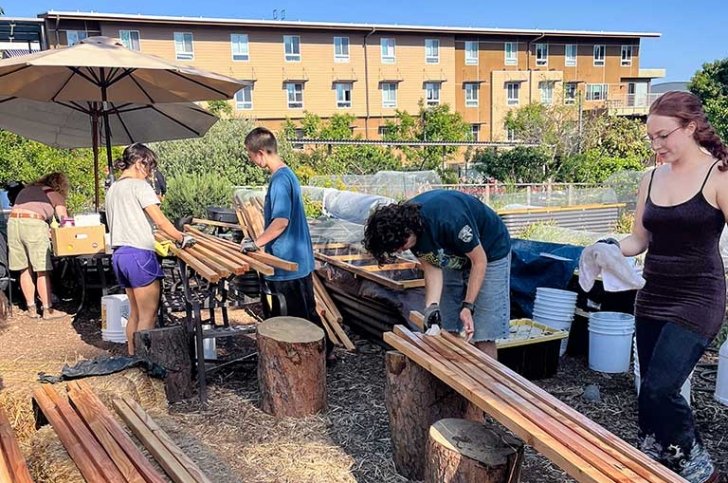Eye of the Beholder
The latest books from our community offer theories, hidden histories, and futuristic visions about the world around—and within—us
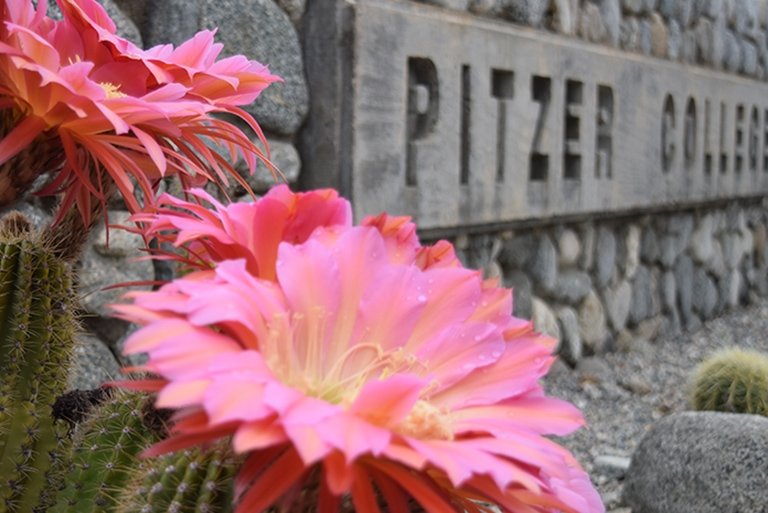
Cognition and the Arts: From Naturalized Aesthetics to the Cognitive Humanities
(Cambridge University Press)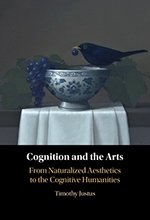
How does the mind lend itself to artistic creation and appreciation? How should we study minds and arts in ways that transform our understanding of both? This book examines the concepts of art and cognition from the complementary perspectives of philosophy, the empirical sciences, and the humanities. Central chapters combine examples of visual art, music, literature, and film with the properties of cognition that they illuminate, including 4E cognition, predictive processing, and theories of affect and emotion. These aspects of cognition are undergoing theoretical shifts that complicate established understandings of the mind and its encounter with the arts. As the book takes stock of recent developments in aesthetics that have incorporated empirical findings (Naturalized Aesthetics), it also envisions a new generation of cognitive science with robust ties to history and literature (the Cognitive Humanities). In this way, Cognition and the Arts can be seen as a model of interdisciplinary scholarship.
Sociology, Unplugged: A Concise Guide to Contemporary Sociology
(Routledge)
When we talk about sociology, what do we mean? This cogent “anti-textbook” by Professor of Secular Studies and Sociology Phil Zuckerman offers an answer via personal stories, solid research, and key theories that underscore how sociologists examine the world. In the process, he suggests how this view of social dynamics can be liberating. Zuckerman’s book is an essential resource intended to serve as a springboard for undergraduates interested in exploring the essential principles of sociology.
Detonator: Stories
(Four Way Books)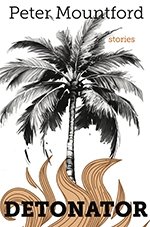
In his latest book, Peter Mountford ’99 gives us what Publisher’s Weekly calls a perceptive story collection that “unearths the inner struggles of characters caught in the middle of political and private battles.” These tales range from “One More Night Behind Walls,” which is a portrait of a crumbling marriage set against Sri Lanka’s civil war, to the sadomasochism of “Pay Attention” as a suburban woman seeks distraction from the election of Donald Trump. Novelist and short story writer Karen Russell describes Mountford as having “a gift for creating crystalline articulations of the messiness inside us. I learned from these stories.”
Awake in the Floating City: A Novel
(Pantheon)
In her transporting debut novel, Susanna Kwan ’04 explores the unexpected relationship between an artist and the 130-year-old woman she cares for—two of the last people inhabitating a flooded San Francisco of the future. Despite the environmental dangers facing them, neither is ready to leave the city—or each other. The Los Angeles Times praises Kwan’s post-apocalyptic vision, highlighting how the “role of community during environmental disaster is one of the themes that runs through this thoughtful novel about art, creation, and the ways we care for one another.”
Before Gender: Lost Stories from Trans History, 1850–1950
(Beacon Press)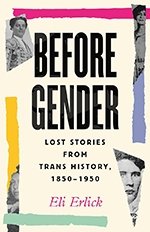
Highlighting influential individuals over 100 years who are all but unknown today, Eli Erlick ’17 shares 30 remarkable stories from romance to rebellion and mystery to murder. These narratives introduce us to Frances Anderson, the world’s top female pool player in the 1910s and Gerda von Zobeltitz, a trans countess who instigated an LGBTQ+ riot some 40 years before Stonewall. Organized into four parts that parallel the many controversies over gender identity (addressing youths, activists, workers, and athletes) in today’s headlines, Before Gender introduces us to individuals whose forgotten stories transform the discussion.
Burn Scars: A Documentary History of Fire Suppression from Colonial Origins to the Resurgence of Cultural Burning
(Oregon State University Press)
In Burn Scars, historian and Pomona College Professor Char Miller ’75 assembles a collection of primary sources focused on debates over “light burning” (as prescribed or controlled burning was once called). These historic documents demonstrate that not only was fire suppression controversial, it was also driven by explicitly racist and colonial beliefs. The book addresses the burning debates of the early 20th century, but Miller also provides evidence of a powerful counternarrative emerging from southern non-Indigenous foresters who used fire to revive longleaf pine ecosystems. Miller includes the contributions of Indigenous practitioners discussing the long history and resurgent practice of cultural burning as part of traditional stewardship.
Parker Cleans Up the Hiking Trail
(Bookbaby)
In this instructional paperback aimed at toddlers, Kathleen Kile ’97 introduces us to young Parker. On a hike with his family, he learns the importance of cleaning up after yourself when you’re in nature. Determined to do his part, Parker helps out a variety of forest friends and learns the value of respecting the environment around us for the benefit of everyone. Illustrated and written with great affection, Kile provides young readers with a delightful short adventure that teaches them the value of the natural world and the responsibility we share in respecting it.
Galle Winston Koffi Dawson: Ghanaian Modernist 1940–2021
(Vloxx)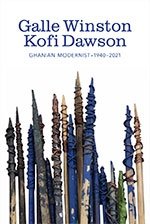
In the early 2000s, Professor of Media Studies Ruti Talmor was a graduate student who spent several years in Ghana researching the country’s art world. In Accra, the country’s capital and largest city, she met Galle Winston Kofi Dawson, a prolific modernist visual artist whose works range from paintings and sculptures to texts, drawings, printmaking, and more. “I was always profoundly grateful for any time spent in his company, and I think I will always miss him,” Talmor writes in this monograph of the artist, who died in 2021. “There was something about the deliberate, unhurried way in which he inhabited time, the way he paid attention, that were contagious.” Their interactions resulted in Talmor conducting a lengthy interview with Dawson that forms the content of this book. The text is accompanied by selected images of Dawson’s works that possess a vibrancy and intimacy in their presentation of glimpses of Ghanaian life. “A life story interview is a unique experience,” Talmor explains, “in which the storyteller is asked to step back from the immediate temporality of the everyday, to look upon his life as a whole, to find a story—an arc—that links one event to another.” In this book, that effort has been successful, resulting in a rich and fascinating record of an important figure in contemporary art. Read the book [PDF].
Frida Kahlo's Flower Crown
(Abrams Books)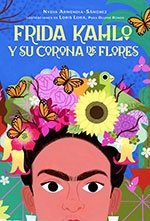
Nydia Armendia-Sánchez ’02 has written a lyrical and inspiring picture book about the life of Frida Kahlo—told through the language of flowers—and how she blossomed into a celebrated, beloved artist. Illustrated by Pura Belpré Honor awardee Loris Lora, the book features the very flora Frida grew in her garden, bought at the market in her hometown, painted in her famous portraits, and wore proudly in a crown around her head. School Library Journal described the book as “a soaring, enticing tribute to a strong and distinctive artist.” The book includes an illustrated guide to all the flowers and plants featured and an activity for kids to make their own flower crown. Armendia-Sánchez has also translated the book into Spanish: Frida Kahlo y Su Corona de Flores.
Shop These Titles
Need reading this season? Find these and other titles included on our Bookshop.org page:
News Information
Published
Organization
- Communications


